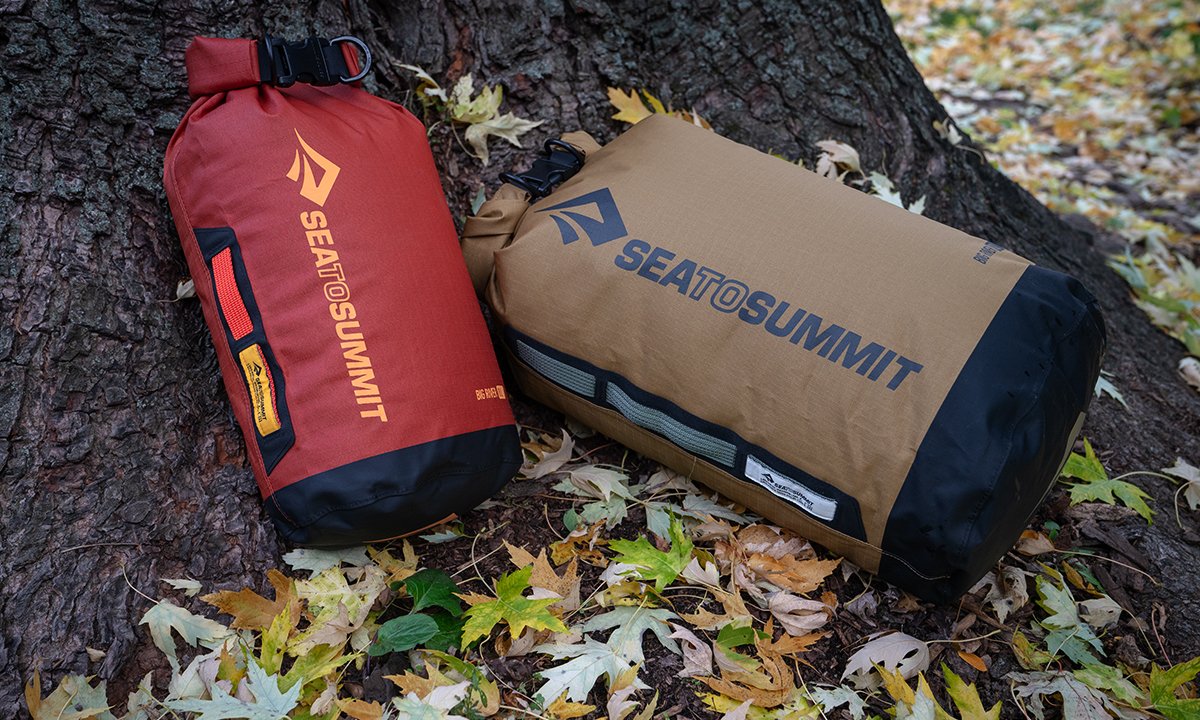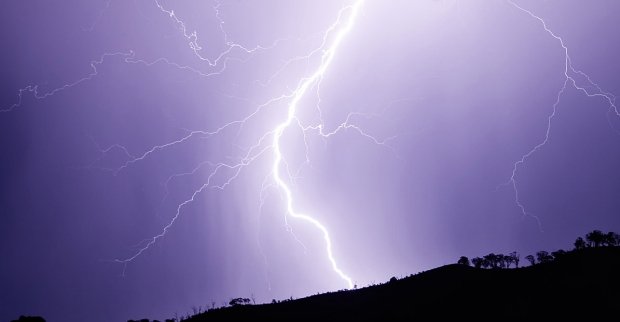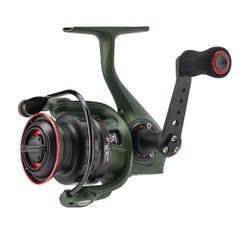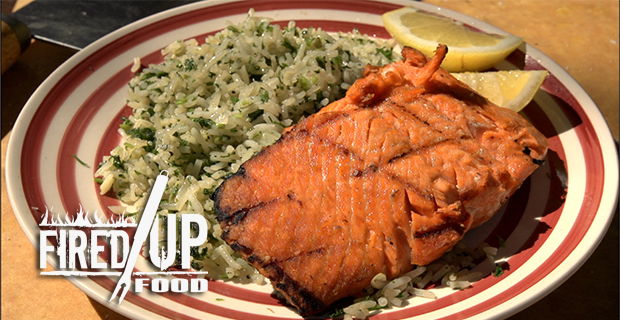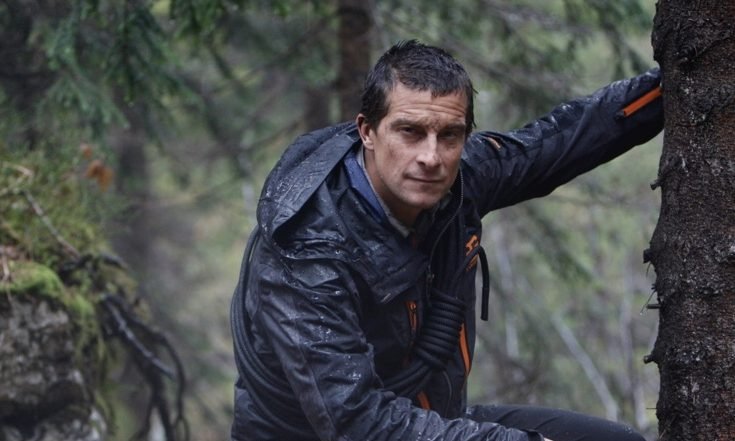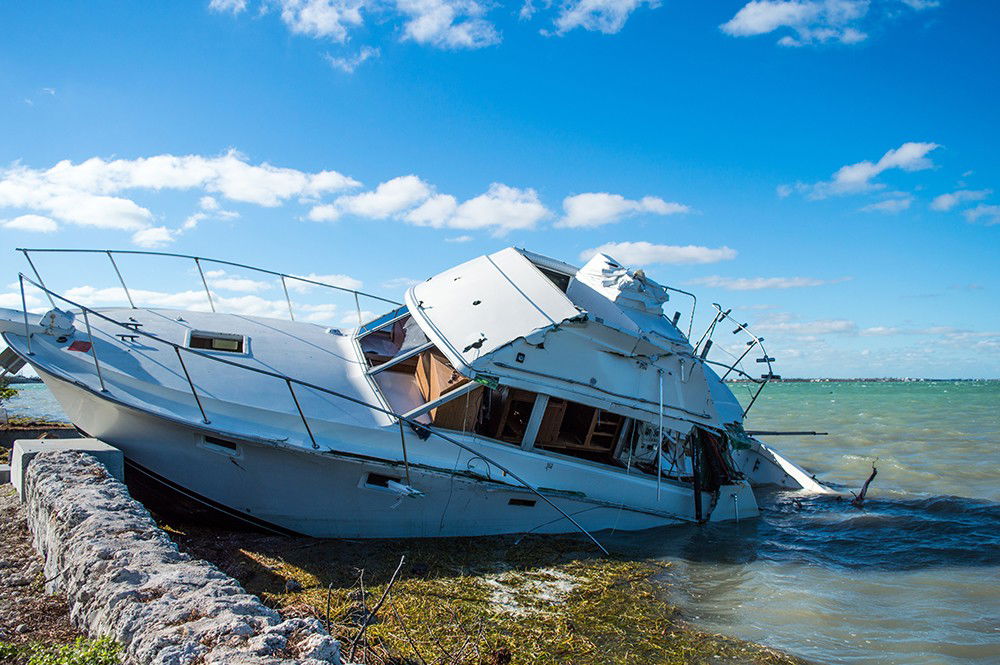Fly fishing is an art form, a mentally challenging sport learned over time, through trial and error. Unlike bait fishing, where you’re basically staring at a bobber on top of the water all day, fly fishing is active. You’re constantly moving your rod to try and increase your chances of catching a fish. Don’t worry, you can still drink a lot of beer. But it’s a lot harder. (To fish, not drink beer.) “You really have to practice and put in the hours if you want to be successful,” says Harry Ware, a fly-fishing expert and guide in Livingston, Montana.
Videos by Outdoors
When fly fishing, you’re trying to lure the fish via their eyesight, as opposed to their sense of smell, through artificial lures that imitate the look of their food supply. Learning how to make and/or tie flies, and knowing what kind of line to use, among a bunch of other things, in order to catch finicky fish, with a very particular casting style (yes, like Brad Pitt in A River Runs Through It) is painstaking. But that makes it super fun and extra rewarding. “I still really enjoy making really pretty looking casts and hitting a little spot on the bank the size of a dinner plate,” Ware adds. “It’s addicting.”
Here’s a beginner’s guide to getting started:
Where should you go fly fishing?

You can fly fish on just about any body of water but finding the right spot for fly fishing depends on where you live. “If you’re in California trying to catch bass, you’ll go to a reservoir,” Ware explains. “If you’re in Montana trying to catch trout, you’ll fish a local stream.” There are several apps that list popular spots by zip code, but Ware’s best advice is to find your local fly shop and pick an employee’s brain. “It’s not impossible to be self-taught, but a mentor is a very helpful tool when it comes to fly fishing,” Ware explains. “Typically, fly shops are small, family-owned businesses that are very willing to help. I’ve never been to a fly shop where people are pissy and grumpy. They are happy to tell you the diet of the fish in the area and what fly is best to catch them.” If you can afford it, he suggests taking a guided trip with a professional your first time.
The perfect fly for fly fishing
Fly fishing, in its essence, is a fish reacting to your fly through visual stimulation. Flies are based on the diet of the fish and can vary from terrestrial land to river insects. For example, if you’re fishing trout in August in Montana, you’ll want a fly that looks like a grasshopper because that’s its main food source at that time of year. If you’re in The Bahamas catching bonefish, you’ll use a patterned fly that looks like a crab or shrimp. Common kinds of flies include dry, wet, nymph and streamers, but trout alone eat about 23 different bugs. “Fly fishermen spend a lot of time using trial and error and not catching fish so that they can learn how to catch fish,” Ware laughs. All flies are handmade and vary in price from 50 cents to $6 each. You can learn how to make your own flies on YouTube, too.
Equipment You’ll Need to Make a Fly for Fly Fishing
Sometimes all you need to catch fish is a rod and a couple flies. However, real fly fishing is not a cheap activity and there are an endless amount of gear and accessories to buy. At the very least, you’ll need a rod, reel, flies, fly line, leader, tippet (a connection from fly to line) and sunglasses to protect your eyes from hooks flying haphazardly through the air, especially in a group of beginners. As you become more proficient, you can add forceps or nippers, a net, a bag, waders, boots, and a little wool patch to dry your fly (for now you can just pinch it in your shirt). The gear you use for fly fishing depends on what you are fishing for. If you are starting out in a Western stream fishing for trout, you might use a 5-weight fly rod set up and mostly use 4x-6x tippet and insect imitation flies. If you are learning how to fly fish for bass in the Southeast you might rather have a 7 weight rod with 3x tippet and some frog poppers. And if you’re learning off the coast of Texas, you would probably want a 9 weight fly rod with 25lbs test and shrimp patterns. Got that? Good.
Finding the fish
“The most important thing to remember is that fly fishing is all dependent upon your environment,” Ware says. “If you try to dictate how you are going to fish you probably won’t catch as many fish as if you let your environment dictate how you fish.” Let’s talk about trout. They behave the same way in mountain streams of Virginia as they do in Montana — they are hungry, lazy and scared. So, in a river, they’re going to hold near a current or behind a rock in a fast moving current because they don’t want to expend too much energy. They are scared of birds of prey, so they like deeper water to hide and feel safe. Again, you will learn over time where and how specific fish congregate.
Tying knots
In order to fool a fish, you have to make sure your knots are solid. You’ll be tying knots dozens of times per day, so it’s a hugely important part of fly fishing. There are a handful of basic knots that every fly fisherman should have in their repertoire — a clinch knot, a blood knot, an improved clinch knot, a standard loop knot, and a surgeon’s knot. If you have those five knots memorized, you’re good. You can watch lots of videos on YouTube to learn how to do them. Once you master those, you can move on to “fancier” knots.
Size matters

Fish are very smart and have amazing eyesight. They’re very wary of fishermen and are finicky eaters. So, if you have a line that’s too wide, certain fish know it’s fake food and will avoid it. Likewise, “If you don’t have the right size tippit, fly, or overall presentation, you’re not gonna catch that fish,” Ware explains. For example, in the South Platte outside of Denver, so many people fish in that area, you have to use the tiniest flies and hair thin tippits.
Casting is the best part
We all go fishing to catch fish, but there’s also a lot of satisfaction in making a really good cast and hitting the spot,” Ware says. Just how you use different clubs in golf, there are different kinds of casts. A basic aerial cast of a fly rod is between 10 o’clock and two o’clock. If you imagine the hands of the clock on your back cast, you accelerate backward, come to a pause at 10 o’clock, and at your forward cast, you again accelerate, then come to a pause at two o’clock. On either end of that cast, there’s a pause to allow the line to straighten out behind you. As that line straightens out, you bring that rod forward to two o’clock. You don’t have to rip it, you have to have good form. If you feel like you’re casting really hard, there’s probably something going wrong.
The correct form is a stiff straight wrist. You’re not using your arm, you’re, you’re not using your wrist when you’re fly casting. It’s a delicate motion, but it’s not a wristy motion. The cast occurs in your forearm and shoulder. The motion is like picking up an old timey wall phone and then hanging it up. Or hammering a nail into the wall.
Catching a fish with a fly rod
How you go about this varies so much from fish to fish. But here’s a basic explanation: Once you cast, the fish wants to see your fly doing what its natural food source would do. “They’ll catch on if you don’t,” Ware says. For example, a grasshopper doesn’t swim, it’d be a dead drift. So your line should imitate what a natural grasshopper would look like when it lands in the water. It should be still. You’ll control your line with your rod hand and your pointer finger, and you bring your line in from below your rod hand. The line should always stay in your pointer finger on your rod hand.
Stay present. If you start looking off into the distance or zone out, something’s probably gonna go wrong. “You’re gonna miss a fish, your fly’s gonna get snagged in a stick that’s underwater. It requires full focus.”
The millisecond you make contact with a fish, once you’ve hooked that fish, you lift your rod up in the air, essentially straight up. You use the bend of your rod to fight that fish just like in other types of fishing. You hand fight that fish.
“I can’t tell you how many times I’ve had people who hook a fish and then immediately try and reel in line, but they have all this excess line at their feet, and so they actually end up losing the fish because they’re not thinking about fighting the fish, they’re thinking about using the reel.
Proper fish care
Once you land a fish, you want to keep him in the water for as long as possible in a net. Of course, you’re going to want to take a picture to show off on Instagram, so it’s important to know how to hold certain fish. Certain fish are tougher than others. Trout, for example, are extremely delicate. If you put your finger in the gills or mouth of a trout, you’ll everely injure or kill that fish. You want to hold them gently around the belly. For pike, you actually want to put your fingers inside of its gill plate, it doesn’t hurt them at all. “When I did pond fishing in Virginia, we caught sunfish all the time,” Ware says. “They have these little spiky fins on their back that if you touch them, they’ll puncture your hand, and it hurts.”
Know your local laws

Is the spot where you’re fishing catch and release? Familiarize yourself on the rules and regulations by Googling your state’s Fish and Game website. The laws vary from state to state and even vary from river to river in certain areas. Like, in some states like Montana you’re only allowed to use two flies or two hooks at a time, because it’s considered unfair or unsportsmanlike. In others, like Wyoming, you can tie seven flies together and it’s perfectly legal. Some fish you can take home and eat, others you must put back ASAP or face a $5000 fine or it’s a felony. You don’t want to be the guy/girl that breaks the law.
Don’t give up
Fly fishing can be frustrating because it’s not an easy sport. “At no point are you going to reach a point where you know everything,” Ware says. “I’m still learning, too.” There’s always another technique, another knot, another fly, another fish to learn how to catch. “If you ever find yourself bored,” he adds, “that’s because you haven’t tried hard enough to learn.”
